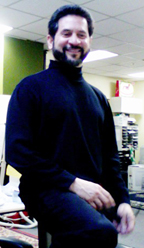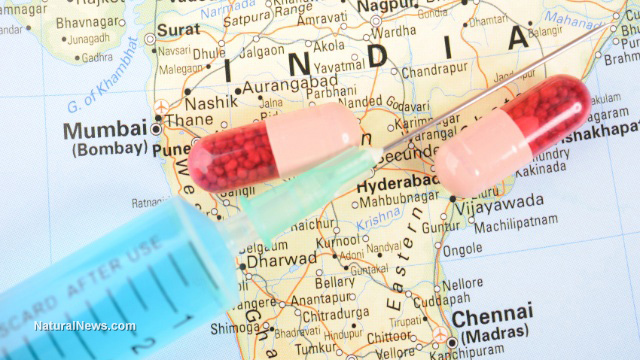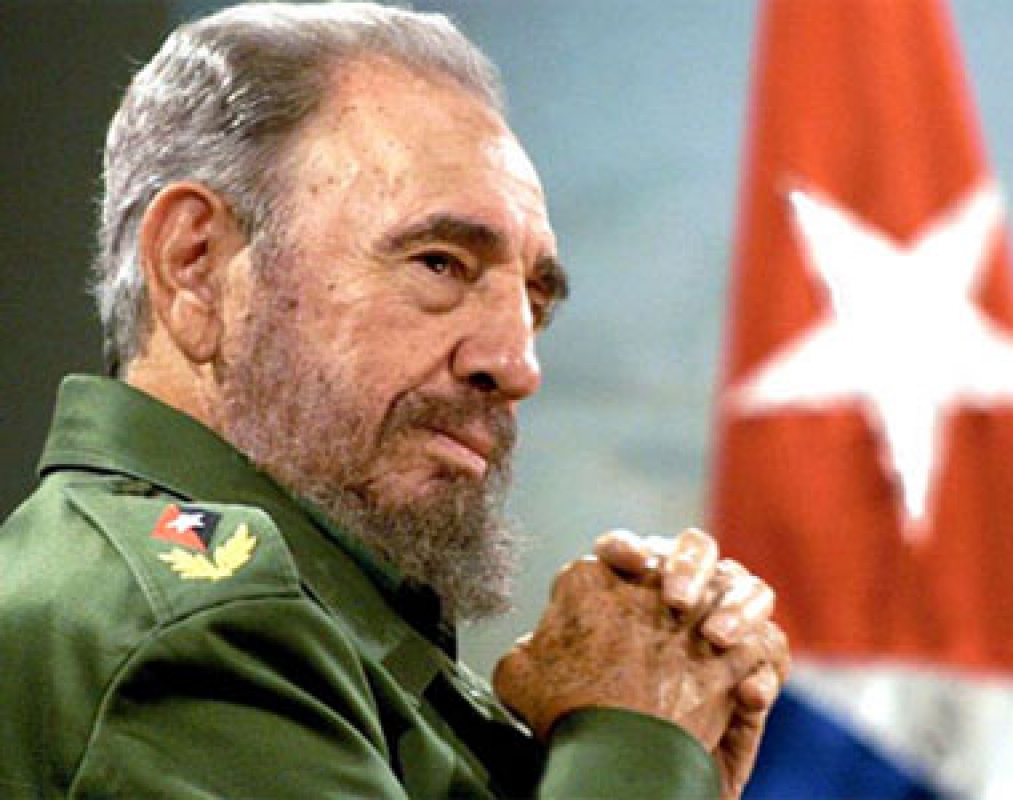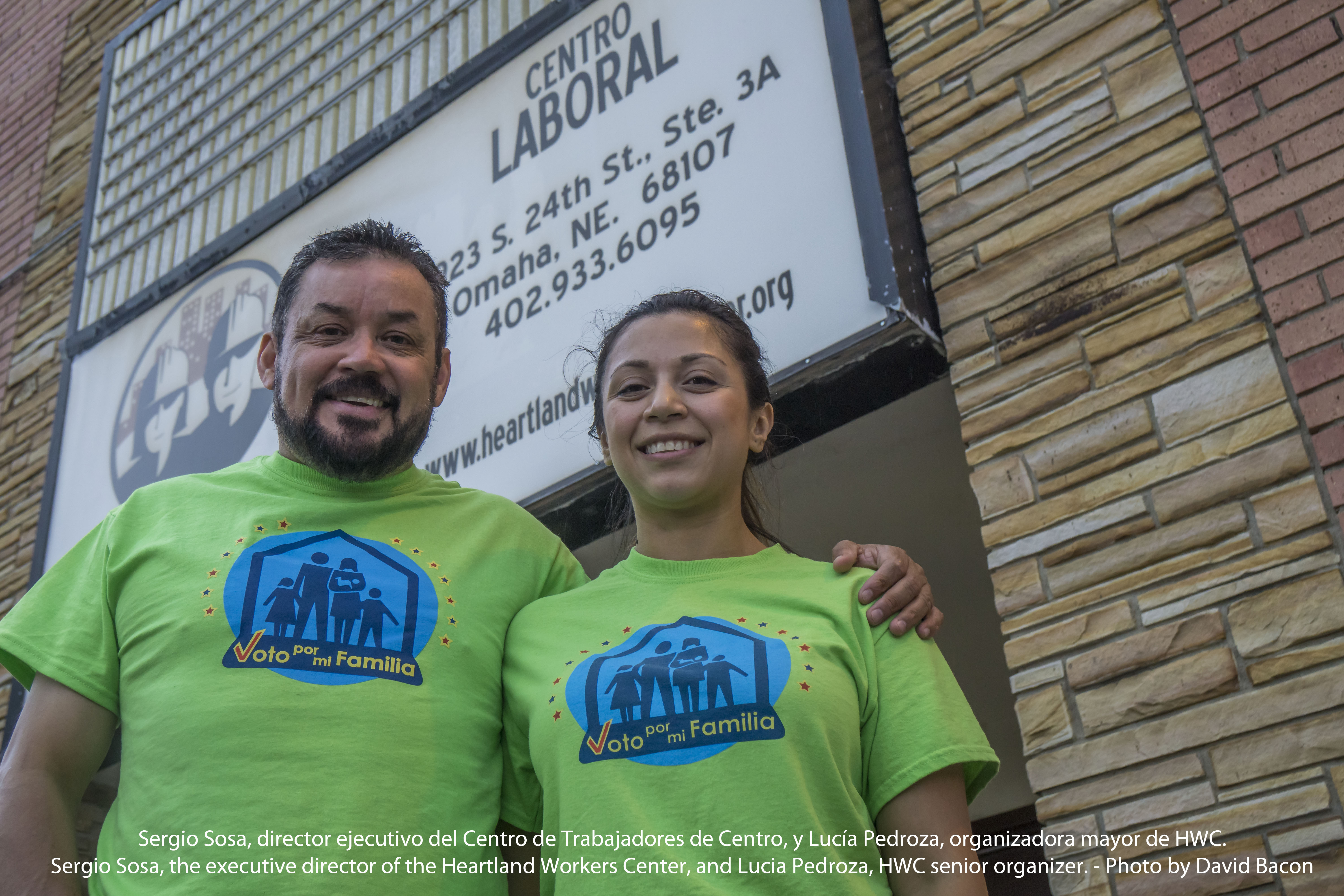by L.J. Devon
Train the body to depend on a vaccine and it will do just that. Train the body to face disease, build immunity through clean air, water and food, and you will build incredible strength, cognition and natural immunity. These are my observations over the past five years, ditching pharmaceuticals, while facing sickness and strengthening natural immunity. You are more powerful than led to believe.
Solely focusing on specific pathogens with unclean vaccines will make the body more susceptible to other diseases in the long run. Advancing human immunity should not be about the focus of individual diseases and the fear of death. Progressing human immunity should dive into the science of the human microbiome, the power of plant medicine and adaptogens. The commensal bacteria system of the human body is a community of living bacteria species which carry out important functions within the body. Healing comes from within. It does not come from external pharmaceuticals that inject animal parts, metal adjuvants, sterilization chemicals and viral fragments. This is a dirty practice of witchcraft medicine that is an illusion of health.
True healers do no harm, assisting the body to recover from imbalances, working with the whole individual in prevention of disease
Instead, a healer should focus on bringing bacteria-friendly foods back into the diet. By equipping the gut with the right bacteria species, we can help people connect the pieces of the puzzle missing within. These bacteria are there for the proper use of vitamins and minerals. They are needed to protect the blood and organs from toxins. They help the body adapt to stress and stimulate the production of antibodies in the immune system when it is under attack by any pathogen.
Vaccines generally focus on one disease or viral strain at a time and don’t offer 100 percent immunity. The proper approach to human immunity needs to be broader. Empowering the individual provides 100 percent lifelong immunity after correcting the health imbalance and overcoming the disease. Measles is a perfect example of a disease individuals which can confront and build 100 percent immunity to after experiencing it. With the help of proper probiotics, a healthy child or adult can easily overcome this benign illness.
Prevention might be as simple as the way we breathe. We are designed to breathe through our nose, to filter the air, warm it, and prepare it for our blood. We must seek clean blood, not inject filth into it.
Through the years, the population has become more dependent on external, unclean pharmaceutical injections which weaken future immune response to other pathogens. Why do new and emerging strains of disease continue to crop up throughout history? No matter how many vaccines we compile, disease is winning the long-term war against humanity. Vaccines are a false savior. This injected filth lowers herd immunity through time. Clean nutrition should be our first focus, not filthy injections.
Ghandi’s understanding of vaccine ineffectiveness, filthiness and immorality ring true today
The historical anti-imperialist Mahatma Gandhi shared these views and opposed the philosophy and science of vaccination long before the medical system started requiring dozens of shots. His concerns ring true a century later.
In his book, A Guide to Health, Gandhi expressed his concerns with the theory of vaccination.
On the false assumption of vaccine effectiveness, Gandhi wrote on page 106, “The original theory was that a single vaccination would suffice to keep a man immune from this disease for life; but, when it was found that even vaccinated persons were attacked by the disease, a new theory came into being that the vaccination should be renewed after a certain period, and to-day it has become the rule for all persons–whether already vaccinated or not–to get themselves vaccinated whenever small-pox rages as an epidemic in any locality, so that it is no uncommon thing to come across people who have been vaccinated five or six times, or even more.”
Gandhi points out that vaccines are unethical and immoral because of the way they are produced, forcing animals to suffer and be poisoned.
He also believed vaccination to be an unsanitary practice that injects “’filth” of a diseased cow and smallpox patient into the body of a healthy individual, making the individual sicker, subjected to a greater disease burden and more susceptible to new infections in the long run.
On not fearing smallpox, Gandhi wrote, “Instead of looking upon small-pox as a terrible disease, we should regard it as one of Nature’s best expedients for getting rid of the accumulated poison in the body, and the restoration of normal health.”
He said that people vaccinate without common sense and rationality because they are motivated by fear. He points out that the medical establishment clings to vaccination because of its ability to generate income and secure their careers.
Gandhi simplifies health, erasing fear of disease by talking about the real keys to preventing disease, including proper sanitation, hygiene, fresh air and water, and clean food.
“Vaccination is a barbarous practice, and it is one of the most fatal of all the delusions current in our time.”
“The vaccine is a filthy substance, and it is foolish to expect that one kind of filth can be removed by another.”
“Those who are conscientious objectors to vaccination should, of course, have the courage to face all penalties or persecutions to which they may be subjected by law, and stand alone, if need be, against the whole world, in defence of their conviction.” – Mahatma Gandhi.










